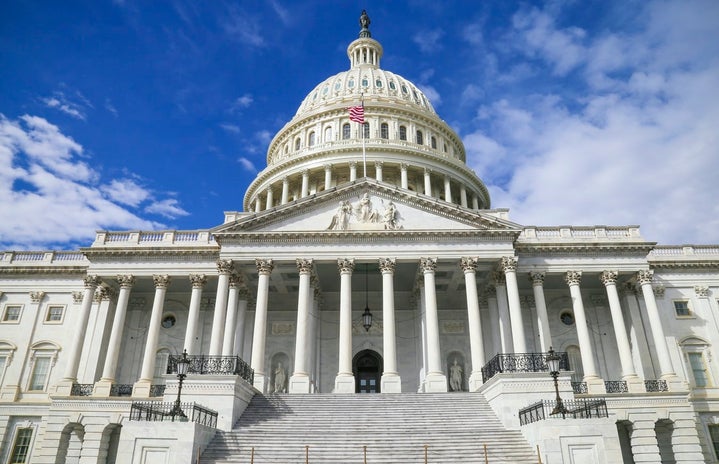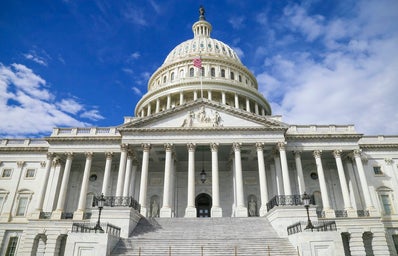The phrase “government shutdown” is quite daunting to the average person. I only click on news articles that have my jaw hitting the floor. To be honest, I don’t know why that dramatic phrase was chosen to describe something that surprisingly isn’t the end of the world, but nevertheless, it can definitely spark moments of fear for Americans. But I’m here to tell you that it really isn’t as catastrophic as you may think. So, if you’re interested in finally being able to understand those New York Times articles about government shutdowns that seem infinitely perplexing and make you question your understanding of the English language, I’m about to simplify it for you.
Article I of the Constitution grants Congress the “power of the purse.” In short, this means Congress makes and portions out the federal budget to different federal agencies*. They have to create new and/or updated budget laws every year. These laws must be approved by the sitting President. If the President refuses to sign these bills into law, America enters a government shutdown until the bills are amended.
Why would the President not Sign a Budget Bill?
Now, why in the world would the president refuse to sign these budget bills into law? Isn’t that a little dramatic? Well, that’s not exactly for me to say, but I can explain a common reason presidents refuse to sign any bill, not just budget bills, into law. In the case of a divided government, where the President belongs to one political party and the majority of Congress belongs to the other, the President will often veto** bills passed by Congress because those bills do not align with his or her political agenda. This happens to many bills that fall in a range from social issues, like abortion and immigration, to economic issues, like how much money Congress wants to give the United States Postal Service.
How Long Does a Government Shutdown Last?
Truthfully, it depends. The more stubborn Congress and/or the sitting President is, the longer the shutdown is likely to last. The longest government shutdown lasted thirty-four days in December 2018 under President Donald Trump’s administration. However, that was unusually long as they typically don’t last for more than a week. If you are interested in seeing the duration of all government shutdowns in the past four decades, click here.
What Happens During a Shutdown?
Usually, nothing noticeable to the average American citizen happens. All essential government services continue to run, including, but not limited to, law enforcement, air traffic control, and in-hospital medical care. All non-essential federal functions are temporarily discontinued during the duration of the shutdown.
*Federal agencies include but are not limited to USPS, Department of Homeland Security, FBI, CIA, etc. See a full list here.
**Veto: when the President rejects a bill made by Congress; Congress then has to reconvene and update the bill.


